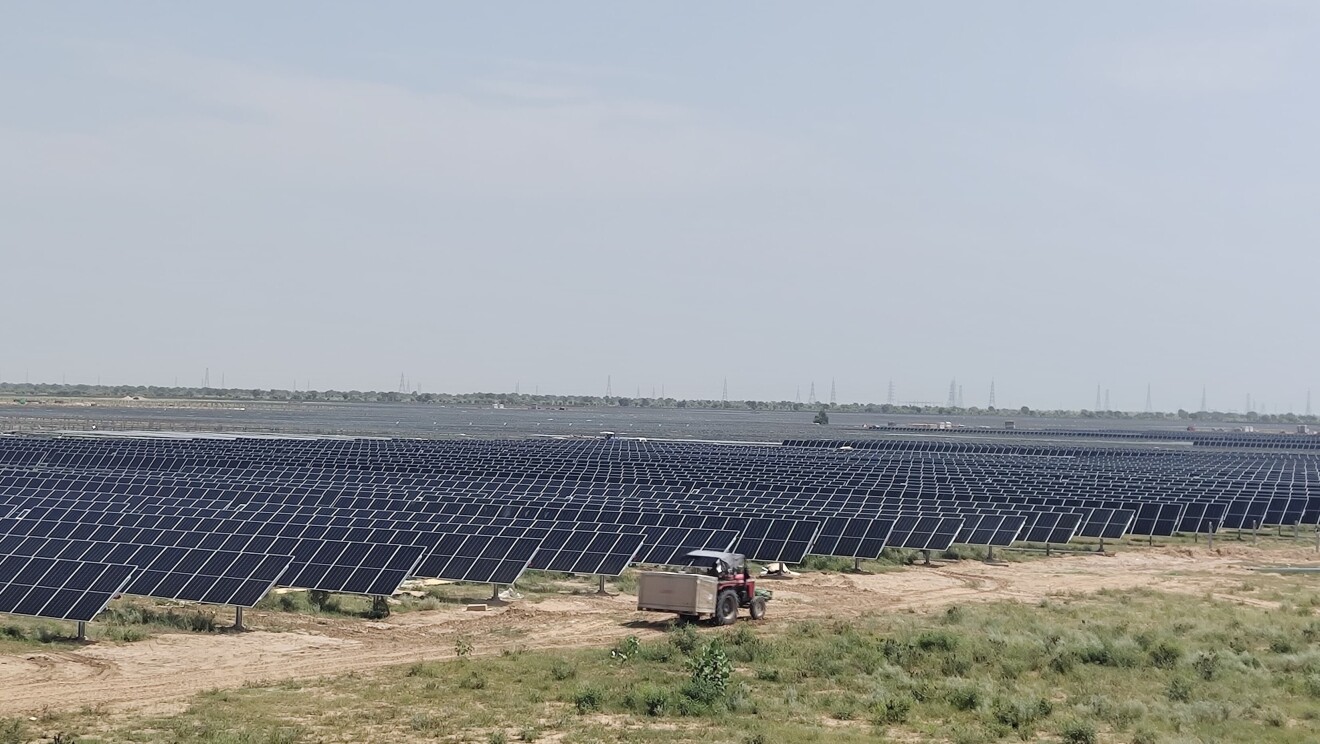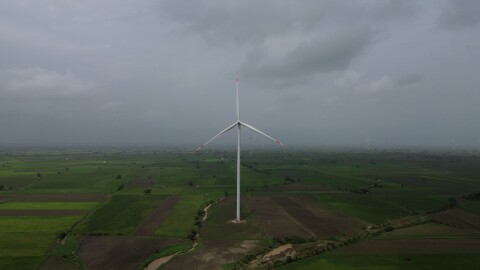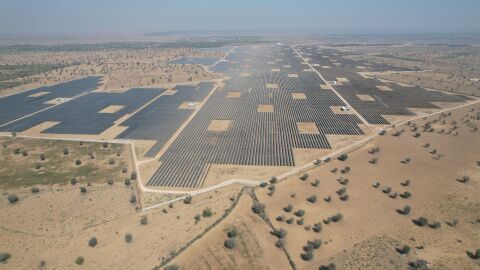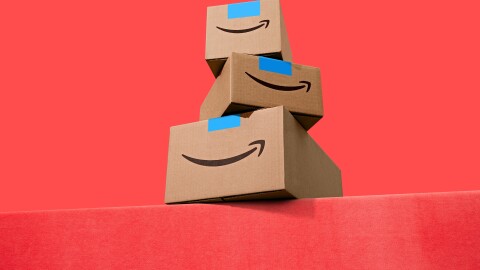Each year, Amazon showcases its progress in becoming a more sustainable company through the release of its annual Sustainability Report. In this year’s report, we announced that we reached a significant milestone last year—we matched 100% of the electricity used across our global operations with renewable energy sources, achieving this goal seven years ahead of schedule. We’ve also made significant strides to decarbonise our transportation and delivery fleet, putting more than 24,000 electric vehicles on the road all around the world. We continue to invent and invest in new solutions to reduce our packaging and prioritise recyclable materials while ensuring orders reach our customers undamaged. Through the Climate Pledge Fund, we’ve invested in 26 emerging climate start-ups, and have helped recruit more than 500 companies in 45 countries to join The Climate Pledge.
Here are just a few of the highlights from this year’s Sustainability Report.
1. Scaling carbon-free energy through investments in wind and solar
In 2019, Amazon set a goal to match 100% of the electricity used across its global operations – including our data centers, corporate buildings, grocery stores and fulfillment centers – with 100% renewable energy by 2030. In 2023, we met this goal, seven years ahead of schedule, thanks to more than 500 solar and wind projects globally, including 50 wind and solar projects in India. In addition, we became the largest corporate purchaser of Renewable Energy in India last year, and we’ve also been the largest corporate purchaser of Renewable Energy for four years running, according to Bloomberg NEF. Learn more details of how we reached this goal here.

2. Eliminating waste and single-use plastic in customer deliveries
When it comes to packaging, we start with protecting the product—ensuring customers’ orders arrive without damage. From there, we find ways to use less packaging and prioritise recyclable materials. Since 2015, we have reduced the average per-shipment packaging weight by 43% and avoided more than 3 million metric tons of packaging, including nearly half a million metric tons in 2023 alone. In India, nearly half of customer orders are now shipped from its fulfilment network in their original packaging – with just an address label added by Amazon – or with reduced packaging. In Europe, we replaced our single-use plastic delivery packaging with 100% recyclable paper and cardboard packaging in our fulfillment network. And in the U.S., we announced Amazon’s first fulfillment center to eliminate plastic outbound packaging in Euclid, Ohio, using 100% curbside recyclable paper packaging. Most recently, we shared that Amazon has replaced 95% of the plastic air pillows from delivery packaging in North America with paperfiller, and are working toward full removal by end of year.
3. Delivering packages to customers faster, and with greater operational efficiency
Customers around the world receive packages every day, and in many cities, have them delivered by electric vehicles (EVs)—we have more than 24,000 electric vehicles on the road all around the world, and in 2023, 680 million packages were delivered by EVs. In India we are well on our way to achieving our goal of deploying 10,000 EVs by 2025, and have nearly doubled the number of EVs in our Indian delivery fleet to more than 7,200, including three- and four-wheel vehicles as well as two-wheel e-bikes. We delivered 81 million packages via EVs in India, representing 9% of packages delivered in the country. We also restructured our U.S. operations, reorganising our network of fulfillment centers, intermediate sort centers, last mile delivery hubs, and transportation fleet into eight regions. This new model allowed us to get products closer to customers, and optimise delivery speed, and reduce vehicle emissions by avoiding nearly 16 million miles traveled.
4. Embracing water stewardship across global operations
Access to clean water is fundamental yet increasingly scarce, and Amazon is taking steps to improve water use efficiency and replenish water sources. In 2023, Amazon set new standards for construction design in the U.S. to reduce indoor water use by 40%, and in our data centers, AWS was 41% of the way toward meeting its goal of being water positive by 2030. This includes investing 15 water replenishment projects that returned 3.5 billion liters to local communities in 2023. To reduce water use in Amazon's fulfilment operations in India, one of the most water-stressed countries, we design buildings with rainwater-harvesting systems and sewage treatment plants. These facilities recycle greywater—water from domestic streams such as sinks, cafeterias, and washrooms—for irrigation and flushing water for toilets. More-efficient fixtures such as waterless urinals and water restrainers for high-flow fixtures contribute to a reduction in washroom water consumption.
5. Lowering our total footprint and carbon intensity amid a year of business growth
In 2023, we lowered our carbon footprint by 3% alongside our carbon intensity which decreased 13%. A declining carbon intensity indicates that we’re successfully decoupling our emissions growth from the growth of our business. The carbon intensity metric allows us to measure how our carbon footprint is changing relative to the growth of the business.
Looking ahead
We know that progress will look different every year on this sustainability journey, and as Amazon’s business evolves and grows, we know that our efforts will produce different results. However, we remain steadfast as we invent, adapt, and will our way to meeting our commitment to The Climate Pledge.
Learn more about Amazon's commitment to sustainability, and read our 2023 Sustainability Report in full here.
















